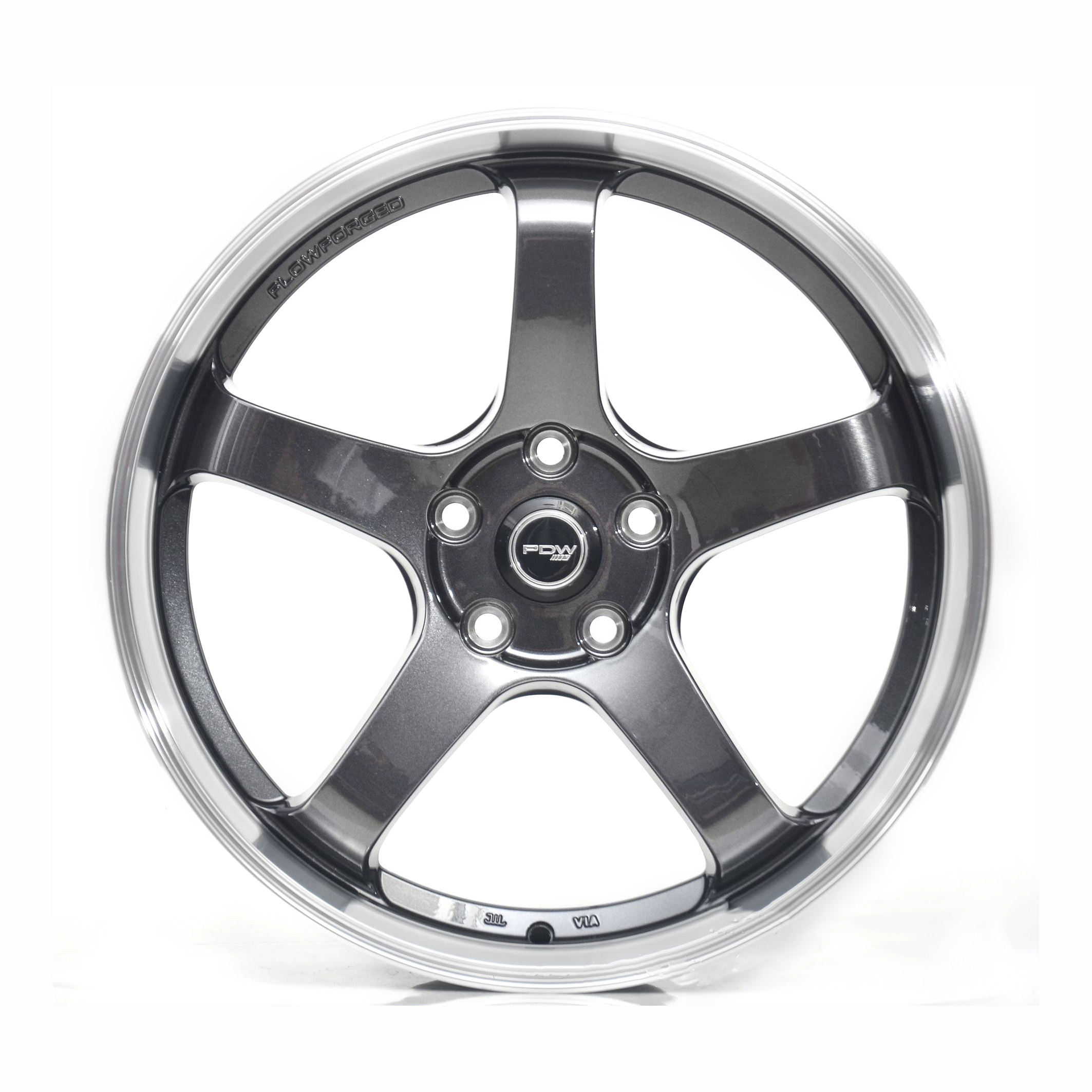When it comes to vehicle performance, aesthetics, and durability, both Sports Alloy Concave Rims and Steel Wheels play important roles in different driving conditions. Sports alloy concave rims are often favored for their lightweight construction and aggressive styling, while steel wheels are known for their strength and affordability. However, like any automotive component, Sports Alloy Concave Rims and Steel Wheels are subject to wear, damage, or performance issues over time.

Knowing how to identify and address common problems with Sports Alloy Concave Rims and Steel Wheels is essential for vehicle safety, efficiency, and cost-effective maintenance. Alloy rims are typically made from a mixture of aluminum and other metals, offering reduced weight, better heat dissipation, and more stylish designs. Concave rims, in particular, feature a recessed center section that gives a deep, sporty look.
On the other hand, steel wheels are heavier and simpler in design but excel in ruggedness and resistance to impact. Understanding these differences is important because troubleshooting methods for Sports Alloy Concave Rims and Steel Wheels can vary depending on material, structure, and design purpose.
One of the common issues with Sports Alloy Concave Rims and Steel Wheels is wheel vibration while driving, especially at highway speeds. This usually points to imbalance, bent rims, or misaligned mounting.
To troubleshoot:
Check wheel balance using a dynamic balancer. Alloy concave rims, due to their lighter weight and intricate shapes, may become imbalanced more easily.
Inspect for rim deformation. Sports alloy concave rims are more susceptible to bending from potholes or curbs compared to steel wheels.
Check hub and lug nut tightness. Both Sports Alloy Concave Rims and Steel Wheels must be properly torqued to avoid uneven pressure or misalignment.
Balancing and re-aligning the wheels typically resolves minor vibration problems, but persistent issues may require professional inspection.
Sports Alloy Concave Rims and Steel Wheels are exposed to road salt, moisture, and debris, making them vulnerable to corrosion over time. Steel wheels are more prone to rust, while alloy rims may experience surface pitting or clear coat damage.
Troubleshooting steps:
Inspect wheel surfaces regularly, especially during and after winter seasons.
For sports alloy concave rims, look for signs of oxidation or bubbling under the finish.
For steel wheels, look for red or brown rust spots, especially around the bead seat or spoke areas.
Apply rust inhibitor or wheel wax as a preventive measure, and sand or refinish damaged areas when possible.
Addressing corrosion early helps extend the life of both Sports Alloy Concave Rims and Steel Wheels and prevents air leaks around the tire bead.
Road impacts or collisions can bend or warp Sports Alloy Concave Rims and Steel Wheels, uneven tire wear or difficulty maintaining tire pressure.
How to troubleshoot:
Spin the wheel on a balancer or jack up the vehicle and rotate it manually to detect visual warping.
Look for out-of-round behavior or radial deviation in both rim types.
In cases of minor deformation, steel wheels can often be reshaped with a hydraulic press, while sports alloy concave rims may require specialized straightening equipment.
Never attempt DIY repairs on severely damaged Sports Alloy Concave Rims and Steel Wheels, as this could compromise safety.